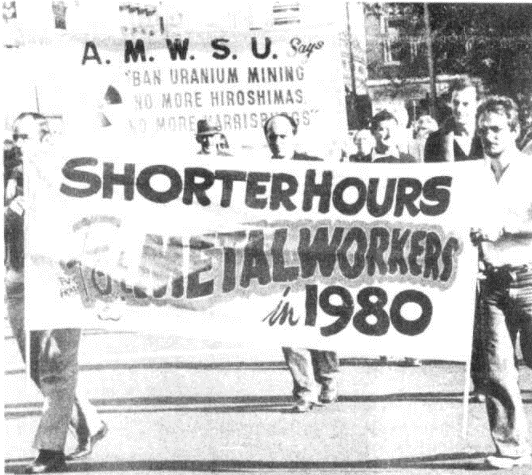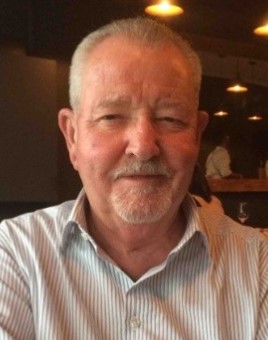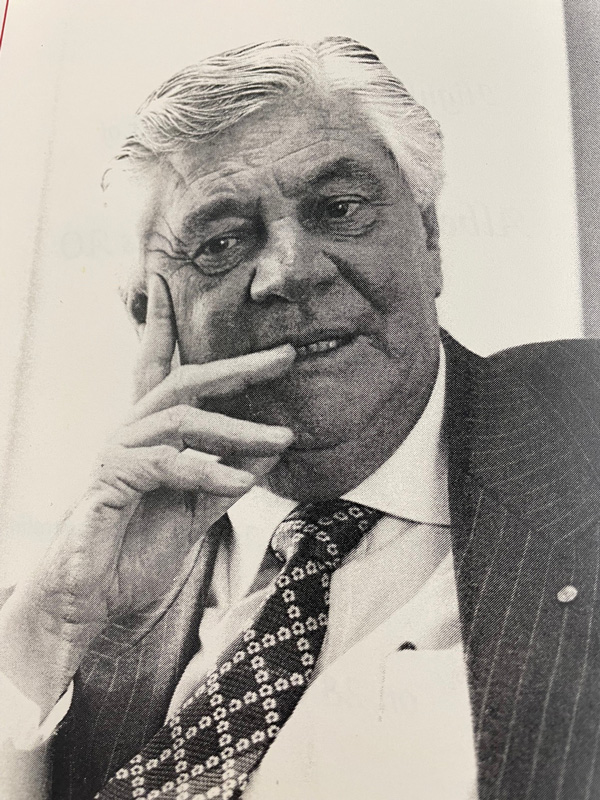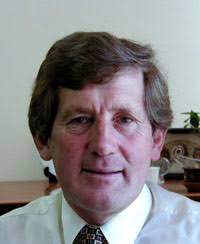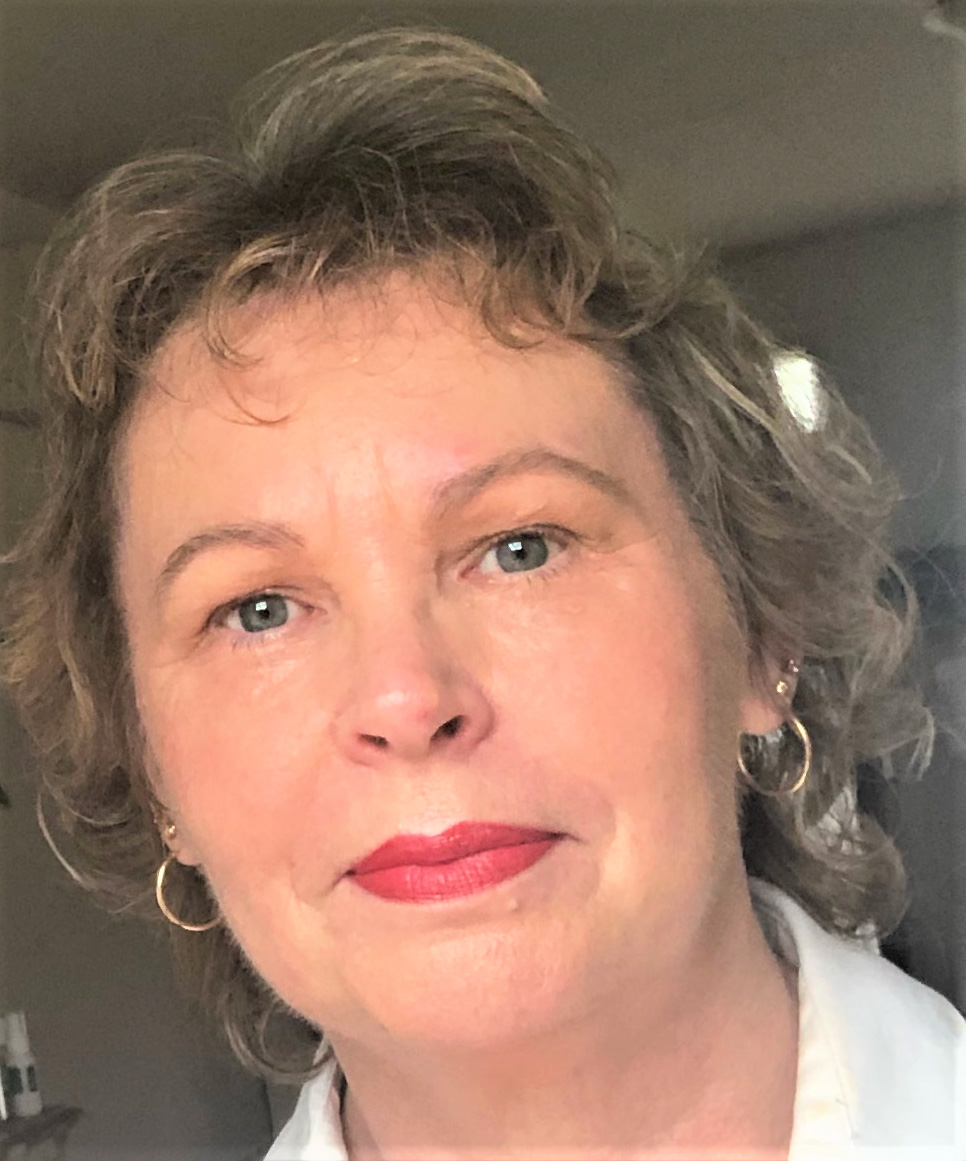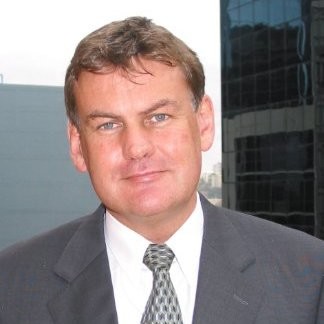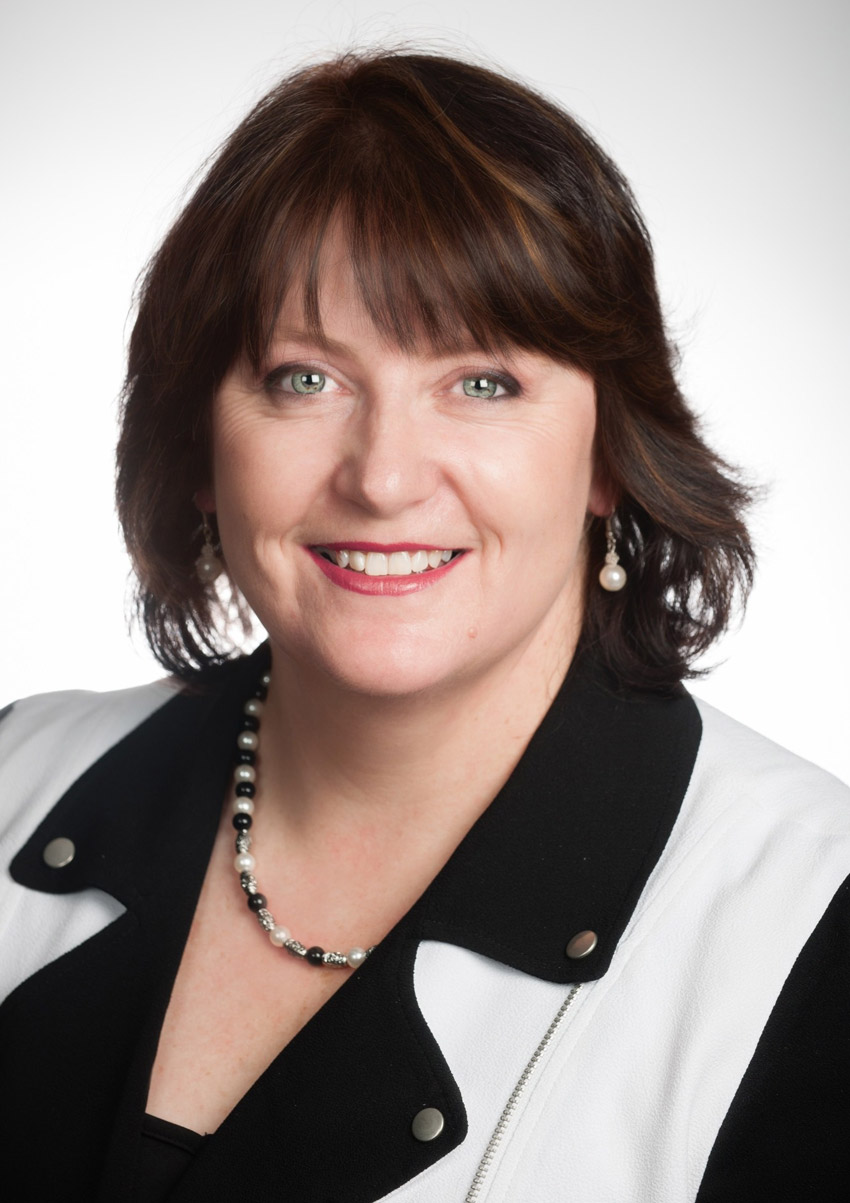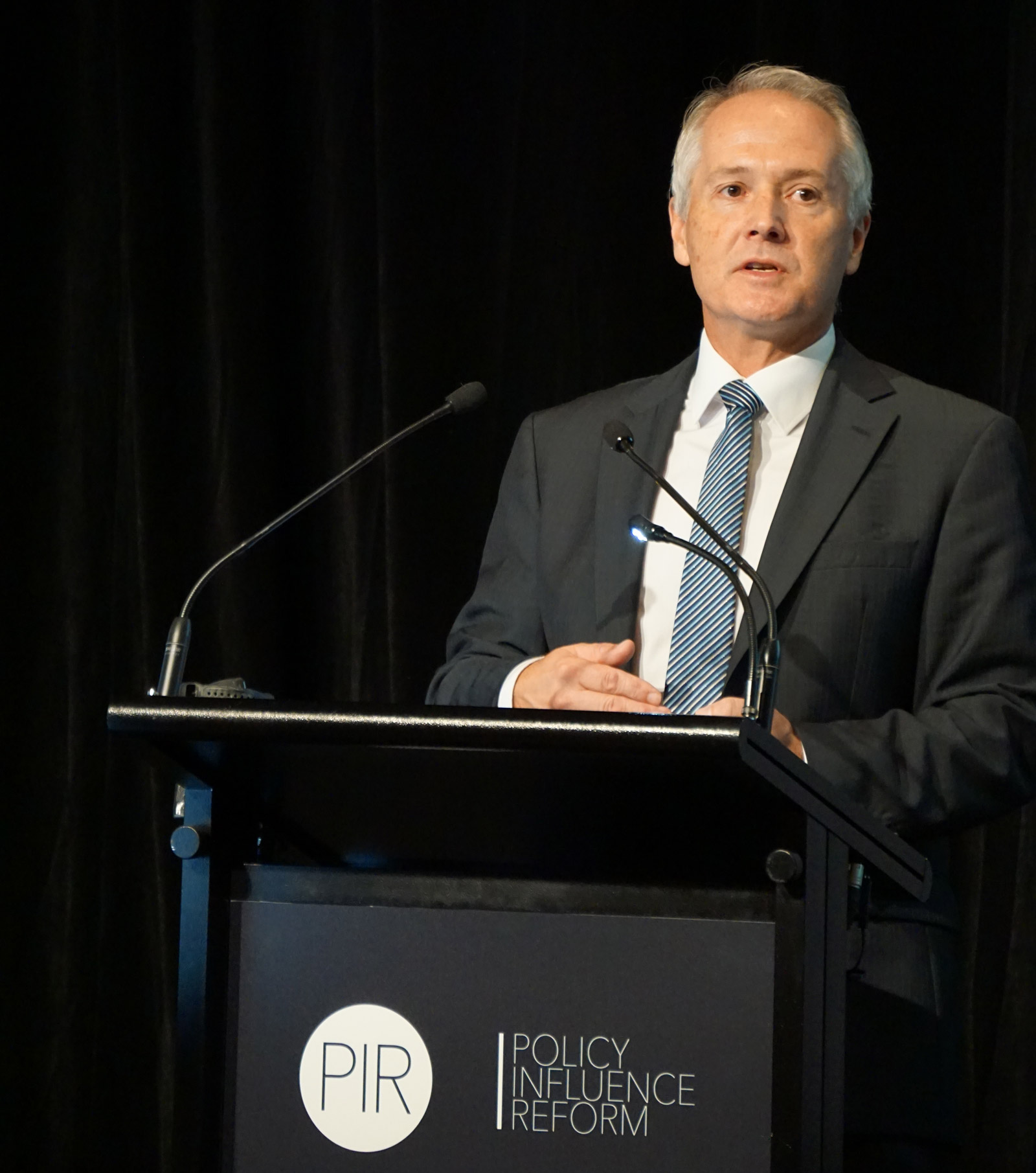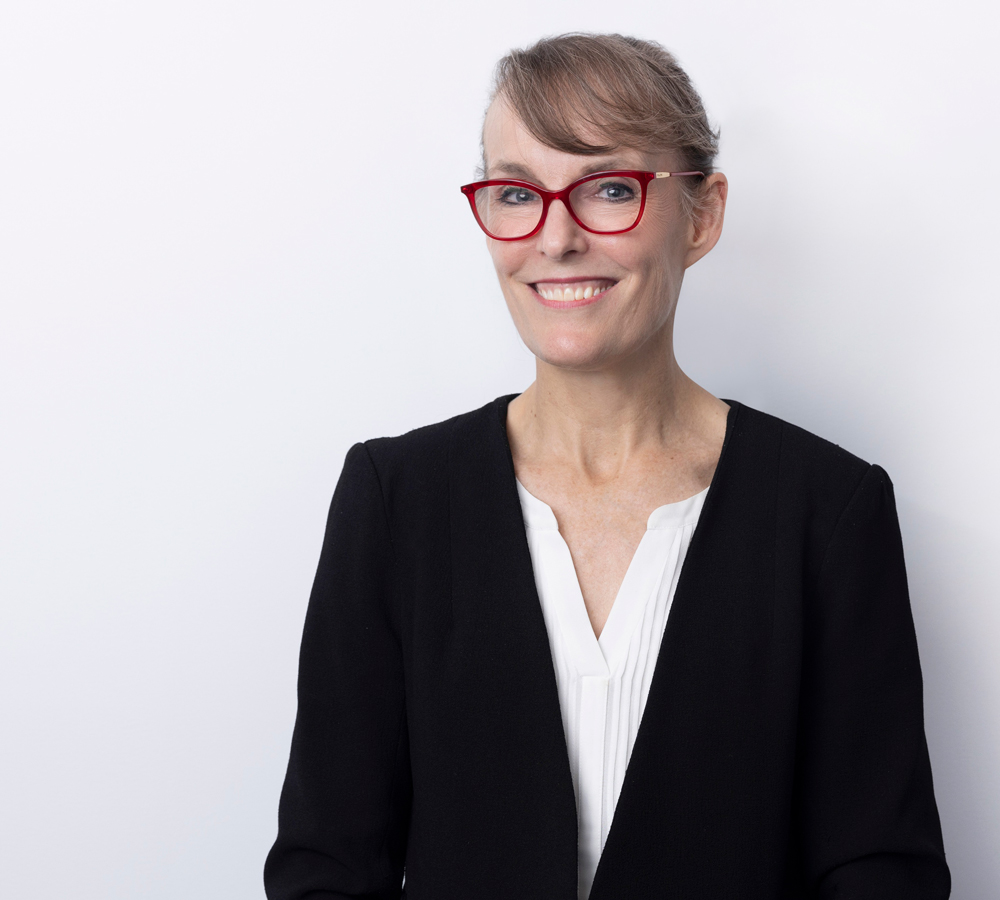1980s
The Australian Dollar is floated and Medicare established
1980
A major industrial battle takes place in the metal industry relating to the unions’ push for the implementation of a 35-hour week and large wage increases. A 40-hour week was in place at the time. Strikes take place across the metal industry for 18 months. At the time, the Amalgamated Metal Workers’ and Shipwrights’ Union (AMWSU) was the largest union in the country. Eventually, a deal is reached between MTIA and the unions on the implementation of a 38-hour week. The 38-hour week quickly flows across other industries and remains the standard work week to this day.
1981
Upon the retirement of Ron Fry, Bert Evans, who joined MTEA in 1958, is appointed Chief Executive and National Director of MTIA, a position he held for 15 years. He served MTIA for 38 years in total, until his retirement. In an 88-page book presented to Mr Evans by MTIA directors on behalf of staff, he is described as “a great Australian” and “a champion of the staff and a champion for the staff”.
1981
Roger Boland, who served Ai Group for more than 25 years, is appointed National Director Industrial Relations of MTIA, a role he held until 2000, when he was appointed to the NSW Industrial Relations Commission as a judge, later becoming its President.
In 2023, he was appointed by the NSW Government to review the state’s public sector bargaining system.
1983
MTIA successfully argues in the High Court of Australia that a NSW state law requiring notice of termination does not apply to employers bound by the federal Metal Industry Award. The High Court Employment Protection Act Case was, and remains, a key authority on section 109 of the Australian Constitution regarding inconsistency between federal and State laws.
1983
Longstanding Contributor
Ai Group’s National Cloud Applications Specialist Samantha Lazarus joins Victorian Chamber of Manufacturers (VCM) (a precursor to Ai Group) as a Junior Accounts Receivable Clerk.
“During my first five years, the business moved from manual typewriters to word processing and from manual-based bookkeeping to a basic accounting and membership system,” Samantha says.
“I learned as much as I could during this time and in 1988, I was given the opportunity to work in the newly created IT department.
“For the next 30+ years, I did everything from helpdesk support, telephone system and network management, through to web production and marketing.
“Now in my 40th year, I’ll be delving head long into the world of data sensitivity management.”
1984
Bert Evans is made a Member of the Order of Australia (AM) for his services to industrial relations. In her thesis, Evolution of an Australian Employer Association, Jasmine Streimer writes: “(CEO) Evans was more than just a figure head, he became the ‘face’ of metal employers, attracting attention in numerous areas because of his personality as well as clear tactics.”
MTIA plays a leading role in representing employers in a major case that leads to federal awards being varied to include notice of termination and redundancy provisions. The final award variations were a lot more workable than what the unions had proposed.
The MTIA National Personnel and Industrial Relations (PIR) Group — a national forum of senior practitioners who continue to meet in conference in Canberra every year — is formed. Today, the PIR acronym stands for Policy, Influence and Reform.
The unions pursue claims for superannuation benefits to be included in awards. In 1985, superannuation benefits for workers were the centrepiece of Accord Mark II between the Labor Government and the Australian Council of Trade Unions (ACTU), with the unions agreeing to pursue lower wage increases in the National Wage Case in return for Government support for superannuation entitlements.
ACM and ACTU established the Australian Retirement Fund (ARF) and in 1988, MTIA and various metal industry unions established the Superannuation Trust of Australia (STA). AustralianSuper was created in 2006 as a result of a merger between ARF and STA. Today, AustralianSuper is Australia’s largest superannuation fund.
1985
Longstanding Contributor
Mark Goodsell joins Ai Group in September and goes on to serve our members for nearly 38 years in a variety of important roles until his retirement in August 2023.
Mark began working with Ai Group’s predecessor MTIA as an industrial relations adviser.
He worked as an industrial advocate in manufacturing and on major construction projects for several years before becoming Ai Group’s NSW head in 1998.
Mark also acted as our Queensland head on several occasions to cover between permanent appointments.
He moved to a new role in 2021 to focus on WHS issues including workplace mental health and workers compensation issues.
His work with Tracey Browne on national WHS law harmonisation and other key policy issues to protect employers while enhancing workplace safety made a huge difference to workplaces around Australia.
1986
In 1986, ACM pursued a case in the High Court arguing superannuation was not an industrial matter. Ultimately, the High Court decided it was a matter capable of being included in awards. Over the years that followed, superannuation provisions were included in awards, including in the metal industry in 1989 by consent between MTIA and the Metal Trades Federation of Unions (MTFU).
After decades of conflict between metal industry employers and unions, as well as frequent strikes, Bert Evans creates a document called The Compact, described as “a bold proposal to establish a new industrial environment by developing a framework for harmonious industrial relations based on mutuality of interests between management and employees”.
The Compact canvassed 16 areas for agreement relating to IR, training, trade, economic and commercial issues.
“The unions received the proposal very positively and it became the basis for continuing dialogue with the unions on the wide range of issues canvassed in the document.” — MTIA directors in a tribute book to Bert Evans upon his retirement
1986
Longstanding Contributor
Queensland’s Vickie Rapkins begins her Ai Group journey in Accounts Receivable with predecessor organisation, MTIA.
Like her current role of Office Manager, it was a position that involved far more than the title suggests.
Here, Vickie shares some of the changes she has experienced at Ai Group since starting nearly 37 years ago and reminisces on some now-defunct practices and technology.
Read more
- Organisational name change
- Building change
- CEO changes
- Getting paid in cash weekly to receiving funds electronically monthly
- Telex messages to Microsoft Team meetings
- Facsimile machines that required messages to be photocopied before the fax paper faded
- Taking staff lunch orders to the local ‘milk bar’, waiting for orders to be processed and bringing the food back to the office
- Backing up the system with large floppy disks
- Hand-delivering media releases to radio stations and other media outlets
- Writing out cheques
- Having a receptionist who used a switchboard to place calls through to staff members to direct calls via Microsoft Teams
- Dot matrix printers and ‘golf ball’ typewriters
- Desk phones to pagers to Blackberries to smartphones
- Printing circulars (advice to members); collating, stapling and folding the paperwork and stuffing it into envelopes to now sending the information electronically.
“Although today’s technology means the process is quicker and greener, you miss out on catching up with colleagues, having a chat and getting to know what we had all been up to while still getting the job completed,” Vickie says.
“I have worked with some wonderful people who have become friends, and I had a great mentor in Branch Accountant Kevin McGregor.”
1987
Bert Evans is included in the Australian Financial Review’s 50 most influential Australians.
“He stands out among employers as the man to join forces with the union movement in a shared vision for change.”
1987
On February 24, MTIA House, a newly constructed and “very handsome building” at 51 Walker St, North Sydney, is officially opened as new HQ by Prime Minister Bob Hawke. It replaced an “overcrowded” 28-year-old building a block away.
1988-89
MTIA’s “Way to Proceed” document handed to unions addresses areas vital to labour market reform. After much consultation on both sides and lengthy negotiations, agreement was reached in June 1989.
1989
Longstanding Contributor
Stephen Smith joins Ai Group in March as an Industrial Officer. In 2000, he is appointed Director/Head of National Workplace Relations Policy, a position he held for 22 years.
1989
Longstanding Contributor
Director Member Engagement Vivienne Filling begins her Ai Group journey.
Vivienne’s first of many roles within Ai Group and its predecessor, MTIA, was Senior Trade and Commercial Officer, based in Canberra.
Now based in Melbourne, Vivienne has been Director Member Engagement for nearly three years.
Read more
“Very early in my role I was the MTIA representative on a delegation to China for discussions with the China Council for the Promotion of International Trade,” she recalls.
Participation in Federal Ministerial delegations to Indonesia, Malaysia and China followed, along with several promotions within Ai Group’s international trade and policy team.
“At one stage, we had an office in Jakarta, and the Manager there reported to me,” Vivienne said.
“It was an exciting period.
“I was then given opportunities to head up Ai Group’s environment and energy services and business advisory services teams.”
A notable achievement during Vivienne’s time as National Manager Business Advisory Services was the successful tender to continue delivering a multi-million-dollar support program for small and medium enterprises.
This involved managing a national team of highly skilled business advisers and was backed up at the end of the contract period with a second successful multi-million-dollar tender for the ongoing delivery of the program.
Now based in Melbourne, Vivienne has been Director Member Engagement for nearly three years.
In this role, she leads Ai Group’s Member Engagement team and directly manages a range of member accounts herself.
“I love engaging with members and making a positive difference,” she said.
“During the COVID lockdowns, Ai Group received so much positive feedback from members who said the support Ai Group provided was essential and making such a difference.
“One member commented that they didn’t bother staying up until midnight for details of the latest government COVID directions because they knew they could rely on Ai Group to communicate what they needed to know by the morning.
“Our members really appreciated the enormous efforts of the whole Ai Group team to help them successfully navigate the extraordinary times we found ourselves in.
“We really do make a difference to our members.”
Ai Group has also made a difference to Vivienne.
“I feel as if I’ve had several different careers here, and I’ve had the opportunity to engage with such a wide range of businesses and people,” she said.
“Ai Group has given me the opportunity to reinvent myself multiple times.”

